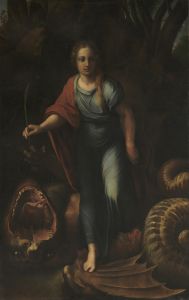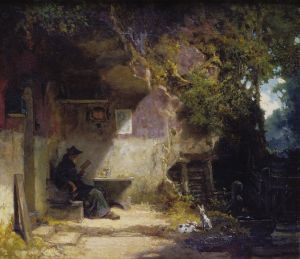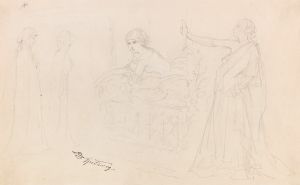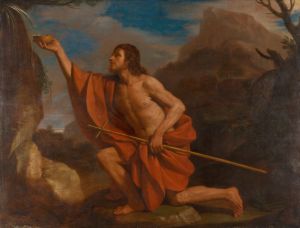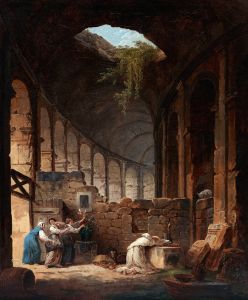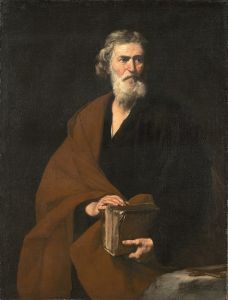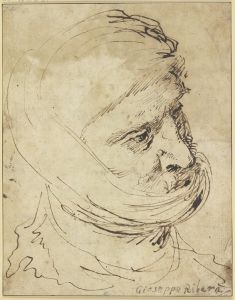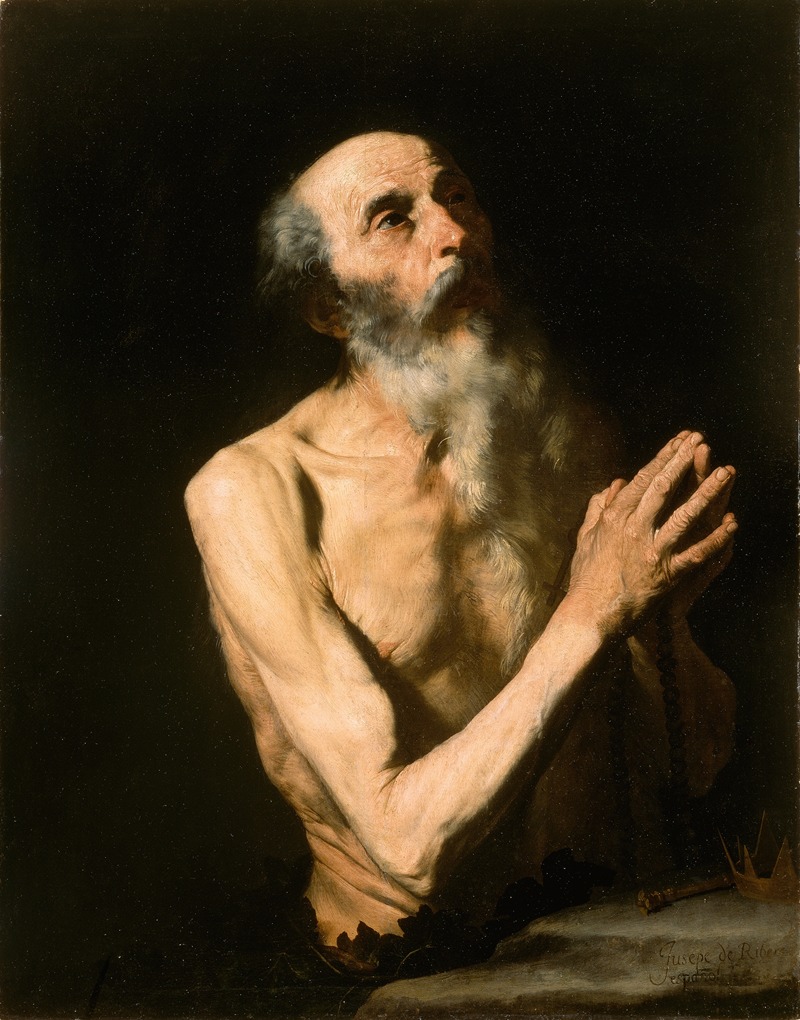
Saint Onuphrius
A hand-painted replica of Jusepe de Ribera’s masterpiece Saint Onuphrius, meticulously crafted by professional artists to capture the true essence of the original. Each piece is created with museum-quality canvas and rare mineral pigments, carefully painted by experienced artists with delicate brushstrokes and rich, layered colors to perfectly recreate the texture of the original artwork. Unlike machine-printed reproductions, this hand-painted version brings the painting to life, infused with the artist’s emotions and skill in every stroke. Whether for personal collection or home decoration, it instantly elevates the artistic atmosphere of any space.
Saint Onuphrius is a painting by the Spanish artist Jusepe de Ribera, created in 1637. Ribera, who was active during the Spanish Baroque period, is known for his dramatic use of chiaroscuro and his realistic depiction of human figures, often with a focus on religious and mythological subjects. This particular work exemplifies his skill in capturing the intense spirituality and asceticism associated with religious figures.
The painting depicts Saint Onuphrius, an early Christian hermit who is venerated in both the Eastern Orthodox and Roman Catholic traditions. According to hagiographies, Saint Onuphrius lived as a hermit in the Egyptian desert during the 4th century. He is often portrayed as a wild man, with long hair and beard, wearing only a loincloth made of leaves, symbolizing his renunciation of worldly possessions and his commitment to a life of solitude and prayer.
Ribera's portrayal of Saint Onuphrius is notable for its realism and attention to detail. The saint is depicted with a gaunt, emaciated body, emphasizing his ascetic lifestyle. His long, unkempt hair and beard, along with his intense, contemplative gaze, convey a sense of spiritual fervor and dedication. The use of chiaroscuro, a technique that contrasts light and dark, highlights the saint's figure against a dark background, drawing the viewer's focus to his expressive face and hands.
The painting reflects Ribera's mastery of texture and anatomy, as seen in the detailed rendering of the saint's skin, hair, and the rough texture of his makeshift garment. Ribera's ability to convey the physical and spiritual intensity of his subjects is a hallmark of his work, and this painting is a prime example of his approach to religious themes.
Saint Onuphrius by Jusepe de Ribera is housed in the Museu Nacional d'Art de Catalunya in Barcelona, Spain. The museum's collection includes a range of works from the Gothic period to the early 20th century, with Ribera's painting being a significant example of Baroque art within their holdings. The painting is appreciated not only for its artistic merit but also for its representation of the spiritual ideals of the time.
Ribera's work was influential in the development of Baroque art, particularly in Spain and Italy, where he spent much of his career. His paintings often depict religious figures with a sense of realism and emotional depth that was innovative for the period. Saint Onuphrius is a testament to Ribera's ability to convey complex spiritual themes through his art, making it a valuable piece for both art historians and admirers of Baroque painting.
In summary, Saint Onuphrius by Jusepe de Ribera is a powerful depiction of a revered Christian hermit, showcasing the artist's skill in realism and his ability to capture the spiritual essence of his subjects. The painting remains an important work within the context of Baroque religious art, reflecting the period's emphasis on dramatic expression and the exploration of human spirituality.





